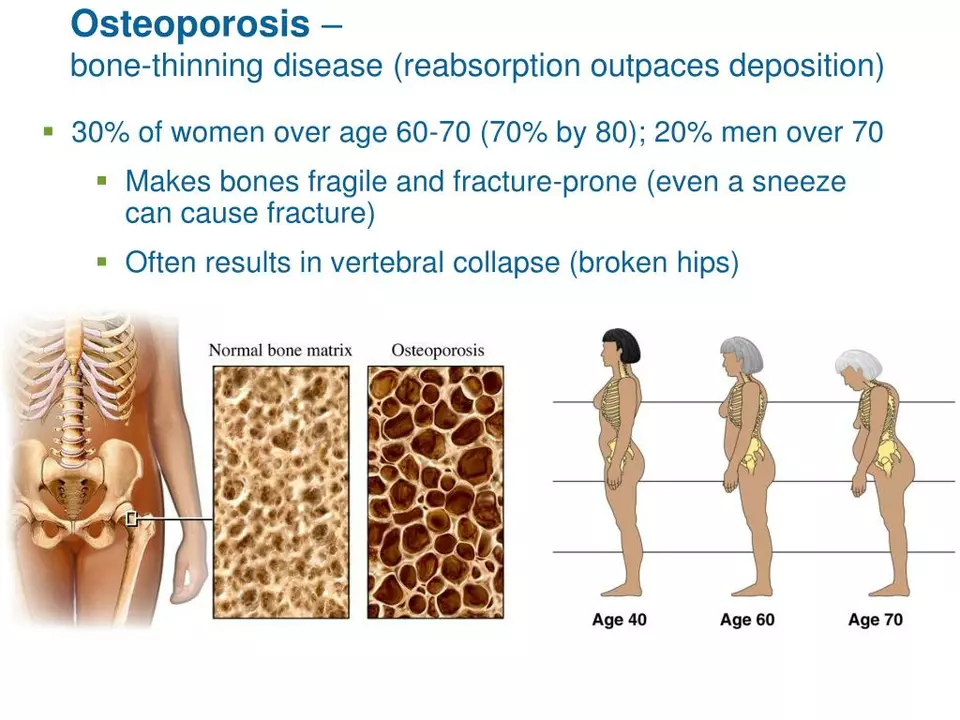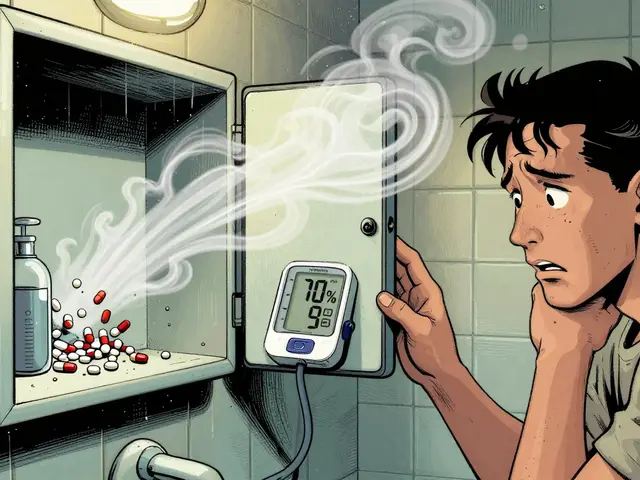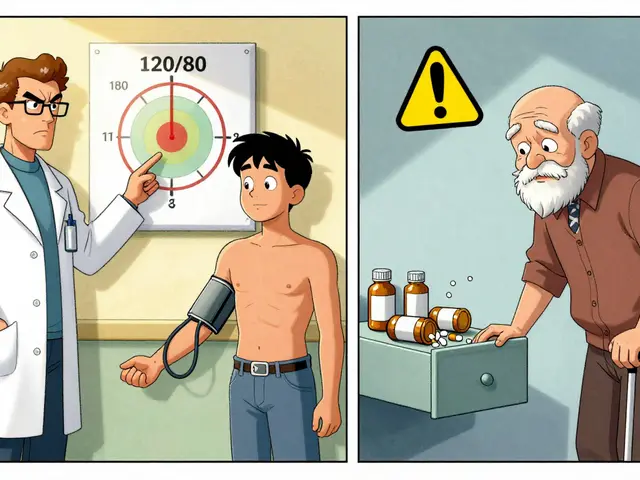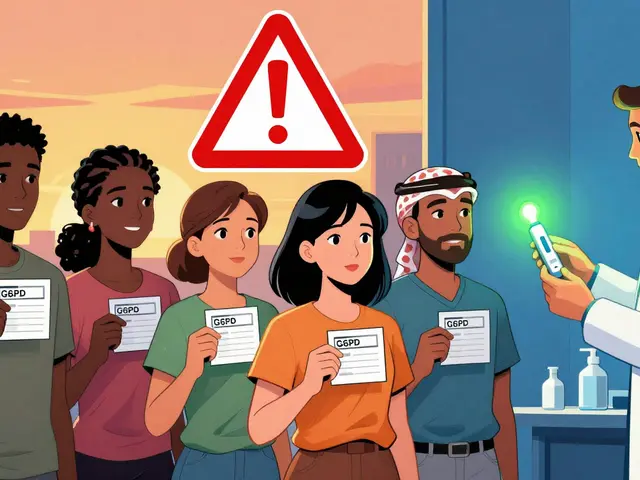Osteoporosis: How to Protect Your Bones and Reduce Fracture Risk
Osteoporosis means bones get weaker and break more easily. If you're over 50, thin, smoke, have a family history, or take steroids long-term, your risk goes up. You can take practical steps now to slow bone loss and prevent fractures.
The easiest way to know if you have weak bones is a bone density test (DEXA). Doctors use this result to estimate fracture risk and decide on treatment. Ask your provider about DEXA if you've had a low-trauma fracture, are postmenopausal and over 65, or have risk factors like early menopause or long-term steroid use.
Simple daily habits that help
Move more. Weight-bearing exercise—walking, light jogging, dancing, stair climbing—and strength training improve bone density and balance. Aim for at least 30 minutes most days and include two sessions of resistance moves each week.
Eat for bone health. Get daily calcium (about 1,000–1,200 mg for most adults) from food first: dairy, sardines, fortified plant milk, and leafy greens. Add vitamin D (800–1,000 IU is common) through sunlight, diet, or a supplement so your body can absorb calcium.
Cut bad habits. Quit smoking and limit alcohol to lower fracture risk. Excess alcohol and nicotine interfere with bone rebuilding and healing after injury.
Treatment options that matter
If your DEXA shows osteoporosis or you have a high fracture risk, medication can help. Bisphosphonates (like alendronate) are common first-line drugs that slow bone breakdown. Other options include denosumab injections, selective estrogen receptor modulators for some women, and anabolic agents for severe cases. Each drug has pros and cons, so talk to your doctor about what fits your health and schedule.
Fall prevention is as important as bone strength. Remove rugs, add grab bars, improve lighting, and wear sturdy shoes. Work on balance with tai chi or balance drills; fewer falls mean fewer fractures.
Keep a medication review on your checklist. Some drugs increase fall risk or affect bone health. Ask your clinician or pharmacist to review prescriptions and over-the-counter supplements that might matter.
Track progress. Repeat bone density tests per your doctor's plan and report any new pain or height loss quickly. Sudden back pain or a loss of a couple inches of height can signal a vertebral fracture.
PillPack Supplies has practical guides and medication info if you want more details on treatments and safe online options. If you need a quick checklist: get a DEXA if eligible, move daily, eat calcium and vitamin D, reduce smoking and alcohol, secure your home, and talk to a doctor about medicines if your risk is high.
Have questions about a specific drug, test, or lifestyle change? Check our articles or contact a healthcare pro. You don't have to accept bone loss as inevitable—small, targeted steps make a real difference.
Start with one change this week — add a short daily walk, swap sugary snacks for calcium-rich foods, or ask your doctor about a DEXA. Small wins stack up fast and give you momentum to protect your bones for years to come, and stay consistent today.






